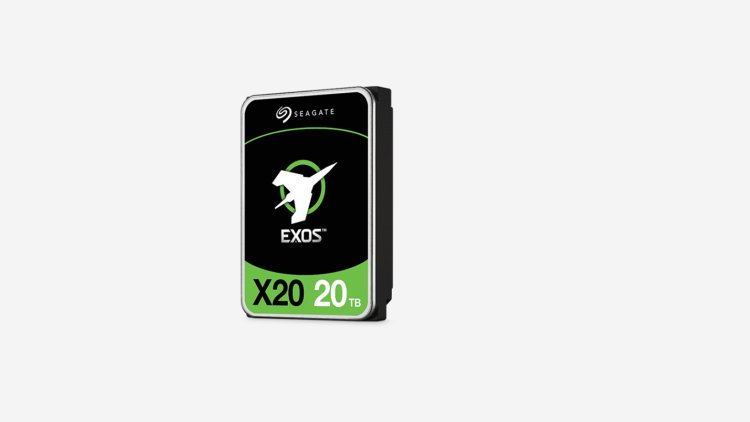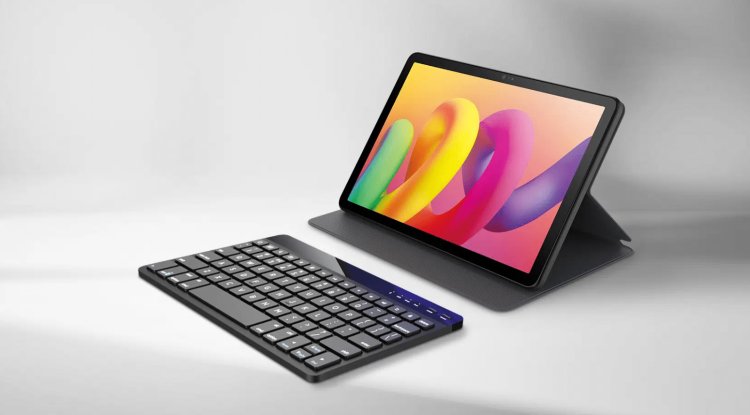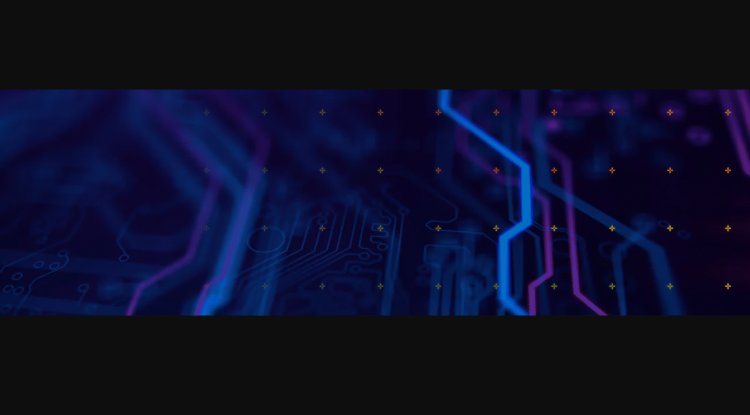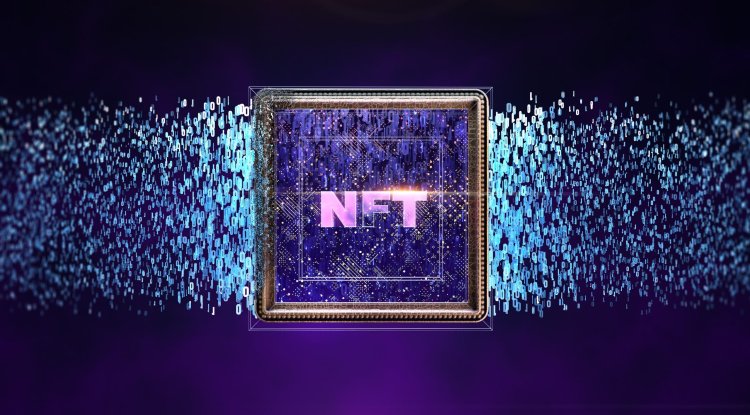Seagate Exos X20 20TB HDD Review

The Exos X20, Seagate's latest flagship drive for the Exos family, uses 10 discs (each having an average areal density of 1,146 Gb/in2) and 20 heads to reach its 20TB capacity. It features a spindle speed of 7,200rpm and a cache of 256MB. Seagate claims an official maximum transfer rate of 285MB/s and an average latency of 4.16ms.
Seagate claims that the 20TB Exos X20 has an average idle power rating of 5.4W. The operating statistics for random reads and writes (4K QD16) are up to 9.4W and 6.4W, respectively, and up to 8.1W for sequential reads and writes (64K QD16).
The drive's official workload rate is 550TB/year with an MTBF of 2.5M hours, which is the same as the previous 18TB flagship drive, and it comes with a 5-year warranty from Seagate.
Specifications:
- Usable Capacities: 20TB.
- Spindle Speed: 7,200rpm.
- No. Of Heads: 20.
- No. Of Platters: 10,
- Cache: 256MB DDR3L.
- Recording Method: Perpendicular.
- Interface: Serial ATA (SATA) 6Gb/s (SATA III).
- Form Factor: 3.5in.
- Dimensions: 28.1 x 101.85 x 147mm.
- Drive Weight: 680g.
Seagate's Exos X20 is constructed on a normal 3.5in format, but with an extra thickness of 26.11mm, allowing Seagate to use 10 platters and 20 heads in the shell. The areal density of each 2TB CMR platter is 1,146Gb/in2. The drive has a 7,200rpm spindle speed and 256MB of cache.
TDMR (Two-Dimensional Magnetic Recording) technology is used in the Exos X20. TDMR employs two read elements in the drive head to improve tracking accuracy, which is critical when track widths shrink as platter density increases.
As the density increases, the bit size decreases, reducing the margin of error and increasing the likelihood that ECC will be required to fix any errors.
The drive also has a top cover attached (TCA) motor, which reduces the impacts of rotational and linear vibrations in rack/cabinets and so improves the drive's performance.
The Seagate Exos X20 drive handled all of our real-world file transfers with ease and showed fairly constant performance when it came to processing larger file sizes, with an average write number of 281MB/s for the seven large file transfers and reads at 201MB/s. The 50GB File Folder, which was packed with little bit files, was the slowest of the file transfers, with reads at 166MB/s and writes at 146MB/s.
The 20TB X20 is the new flagship drive in Seagate's Exos drive family. Seagate's new drive, designed for use with hyper scale applications/cloud data centers, provides more capacity per rack while preserving the same tiny footprint for a lower overall total cost of ownership.
While having more capacity available for rack-based storage systems is excellent, the true trick is to do it while keeping power usage and thus running costs as low as feasible. PowerChoice (idle power) and PowerBalance (power/performance) are two Seagate technologies that aid with this.
PowerChoice is Seagate's own version of T10/09-054 and T13 Standard No T13/452-2008, and it employs four step-by-step modes to improve power savings while the drive is idle for more than a second. Seagate says that PowerChoice technology can save up to 54% on drive power consumption in enterprise situations.
PowerChoice is often activated via a SATA Set Feature command (or via the SAS Mode Page for a SAS drive). This provides flexibility, allowing optimal idle intervals to be specified for a specific storage application. When the technology is activated, the drive enters deeper and deeper idle power levels the longer it is idle.
Seagate's PowerBalance technology aids in the optimization of IOPS/Watt for even higher efficiency in situations centered on random read/write activities.
The Exos X20 from Seagate has ten 2TB platters (each with an average areal density of 1,146 Gb/in2) and 20 heads. It has a cache of 256MB and a spindle speed of 7,200rpm. The average latency is stated to be 4.16ms.
The X20 is officially rated for transfer rates of up to 285MB/s. This statistic was confirmed by the default CrystalDiskMark Sequential test (QD32 T1), which yielded results of 293MB/s for reads and 289MB/s for writes.
The Exos X20 is currently available in five variants: two with a SATA 6Gb/s interface, the normal drive (ST20000NM007D) we are evaluating here, and a SED (Self-encrypting drive), the ST20000NM000D.
The X20 has three different models that use a 12Gb/s SAS interface: a normal model (ST20000NM002D), a SED model (ST20000NM003D), and a SED-FIPS model (ST20000NM005D).





























